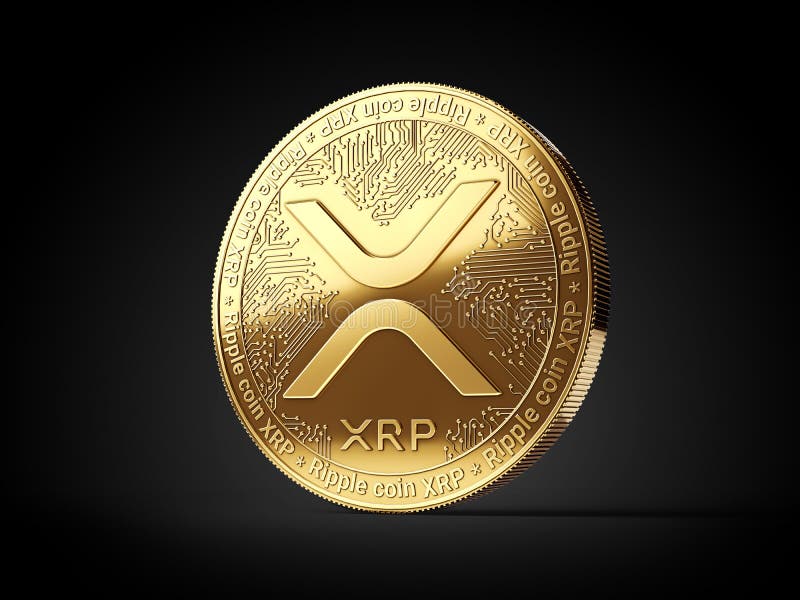Bitcoin cryptocurrency
For some time, cryptocurrency has been seen as a tool for diversification, but the tea leaves are starting to read differently. Earlier this year, the International Monetary Fund (IMF) released data indicating a correlation between bitcoin and the S&P 500. https://quicklocs.com/listing/shepreth-wildlife-park/ This raises fears of spillovers of investor sentiment between the stock market and cryptocurrencies.
Previously, the rich in China got around capital controls by purchasing foreign real estate, creative invoicing for international trade and even coercing their employees to transfer money to foreign bank accounts. With Bitcoin, residents in China have been able to acquire foreign assets more easily, free from the scrutiny of Chinese authorities. Given the decentralized nature of Bitcoin and many other blockchain-based cryptocurrencies, they can be used to circumvent capital controls far more easily than a conventional currency exchange that uses the banking system.
The emergence of crypto assets, such as cryptocurrencies, is seen by many as part of a broader trend toward more diverse financial market infrastructures that both enhance choice and offer new ways to meet current and future payment needs.
Recent regulatory advances, including the release of the Markets in Crypto-Assets (MiCA) provisional agreement in the EU and the release of the Framework for International Engagement on Digital Assets in the US, signal a desire to provide regulatory clarity in this space. In the future, the adoption of cryptocurrencies and stablecoins will most likely be correlated with the level and quality of regulation in a given jurisdiction. As regulatory certainty influences economic behaviour, large economic regions like the EU and the US are making strides to provide initial direction.
Most important of all – and this goes well beyond China – excessive digitalization, surveillance, and centralized data ownership are our generation’s greatest and most pervasive threats to personal freedom and the modern democracy. We are witnessing by far the largest political and psychological backlash against technology globally since the first internet boom. A central-bank-backed cryptocurrency might well be a smart and inevitable step to serve crucial national interests. It might also provide great convenience in our daily lives. However, without much reflection, we have already given tremendous amounts of valuable personal data to centralized institutions and corporations in exchange for convenience or to satisfy our vanity. If countries start to issue digital currencies and we subsequently surrender our personal transaction data as well, how much more convenience we need before we realize it is too late and too impossible to be free?
Newest cryptocurrency
Terra’s LUNA token also hit new all-time highs as the layer 1 blockchain surpassed Binance Smart Chain to become the second-largest DeFi ecosystem. The price of LUNA increased nearly 140 times, spurred by demand for the project’s TerraUSD stablecoin, which reached a landmark market capitalization of $10 billion this week.
Polygon, an Ethereum sidechain, notched third place, with gains of about 14,500%. The Polygon ecosystem saw a stellar year as it bet on several Ethereum-scaling projects and its decentralized finance (DeFi), non-fungible tokens (NFTs) and decentralized applications (dapps) users picked up.

Terra’s LUNA token also hit new all-time highs as the layer 1 blockchain surpassed Binance Smart Chain to become the second-largest DeFi ecosystem. The price of LUNA increased nearly 140 times, spurred by demand for the project’s TerraUSD stablecoin, which reached a landmark market capitalization of $10 billion this week.
Polygon, an Ethereum sidechain, notched third place, with gains of about 14,500%. The Polygon ecosystem saw a stellar year as it bet on several Ethereum-scaling projects and its decentralized finance (DeFi), non-fungible tokens (NFTs) and decentralized applications (dapps) users picked up.
Of course, one of the biggest growth areas in the crypto market has been in decentralized finance. Known as DeFi for short, many of the tokens in this industry relate to governance and give owners the right to vote on proposed improvements to a network. Others are used to deliver staking rewards.
For those new to crypto, Layer 1 implies that the crypto has its own blockchain that can be used as a building block. A few well-known Layer 1 cryptos include Ethereum, Cardano (ADA) and Solana (SOL).
Xrp cryptocurrency
Software developer Ryan Fugger founded Ripplepay in 2004, long before Bitcoin and the border digital asset boom. At the time, Fugger wanted to create a trustless system that would be able to provide secure financial transactions around the world.
Other potential use cases for XRP involve microtransactions related to online content (blogs, music, video) and the gaming industry. This allows XRP to serve as a cryptocurrency alternative to traditional financial solutions, something that some of the largest blockchain players–like Bitcoin and Ethereum–cannot do natively due to high transaction costs on their respective networks.
Ripple has developed several enterprise-oriented solutions for the banking industry over the past decade. Services like xRapid and xVia, which facilitate high-frequency intrabank transactions, are built atop xCurrent, the core product in Ripple’s financial offering.

Software developer Ryan Fugger founded Ripplepay in 2004, long before Bitcoin and the border digital asset boom. At the time, Fugger wanted to create a trustless system that would be able to provide secure financial transactions around the world.
Other potential use cases for XRP involve microtransactions related to online content (blogs, music, video) and the gaming industry. This allows XRP to serve as a cryptocurrency alternative to traditional financial solutions, something that some of the largest blockchain players–like Bitcoin and Ethereum–cannot do natively due to high transaction costs on their respective networks.
Ripple has developed several enterprise-oriented solutions for the banking industry over the past decade. Services like xRapid and xVia, which facilitate high-frequency intrabank transactions, are built atop xCurrent, the core product in Ripple’s financial offering.



現在就與我們聯絡
專人為你評估最合適方案